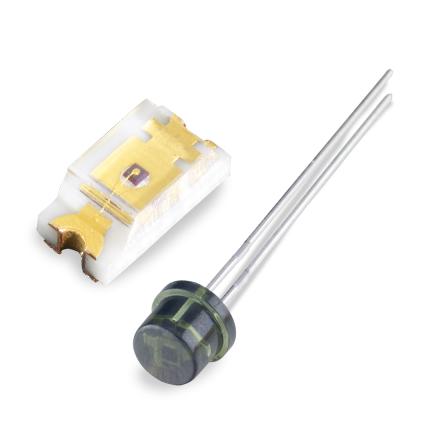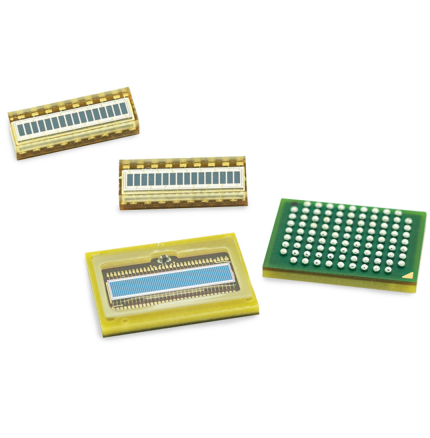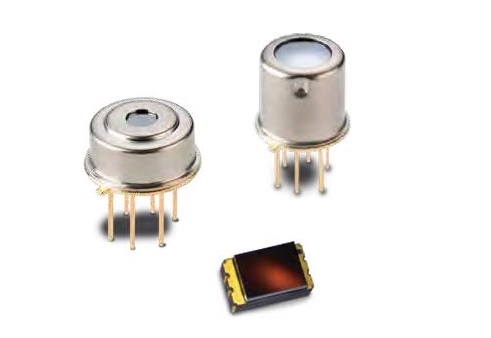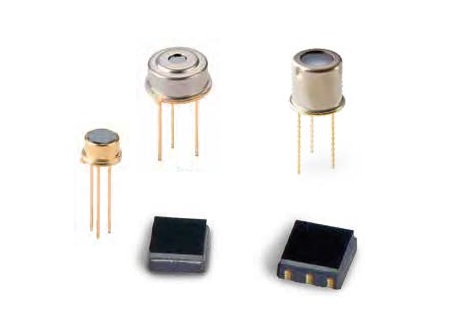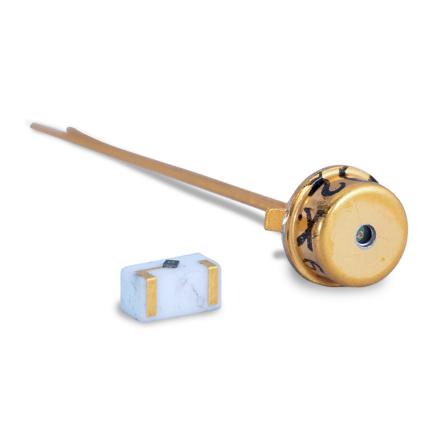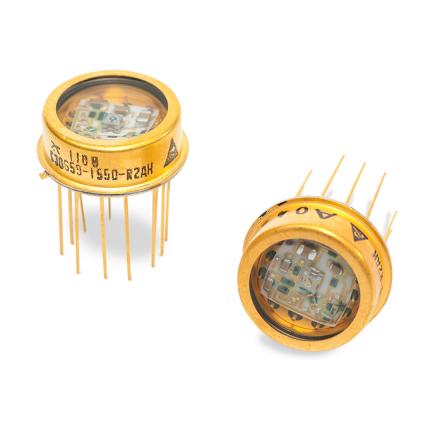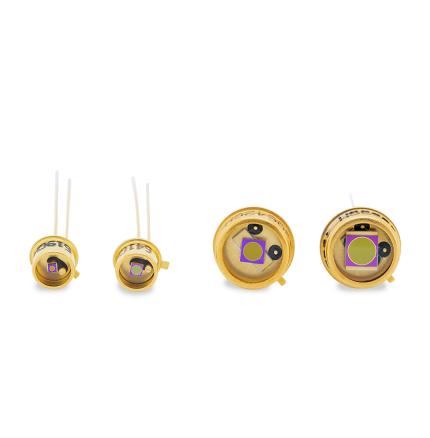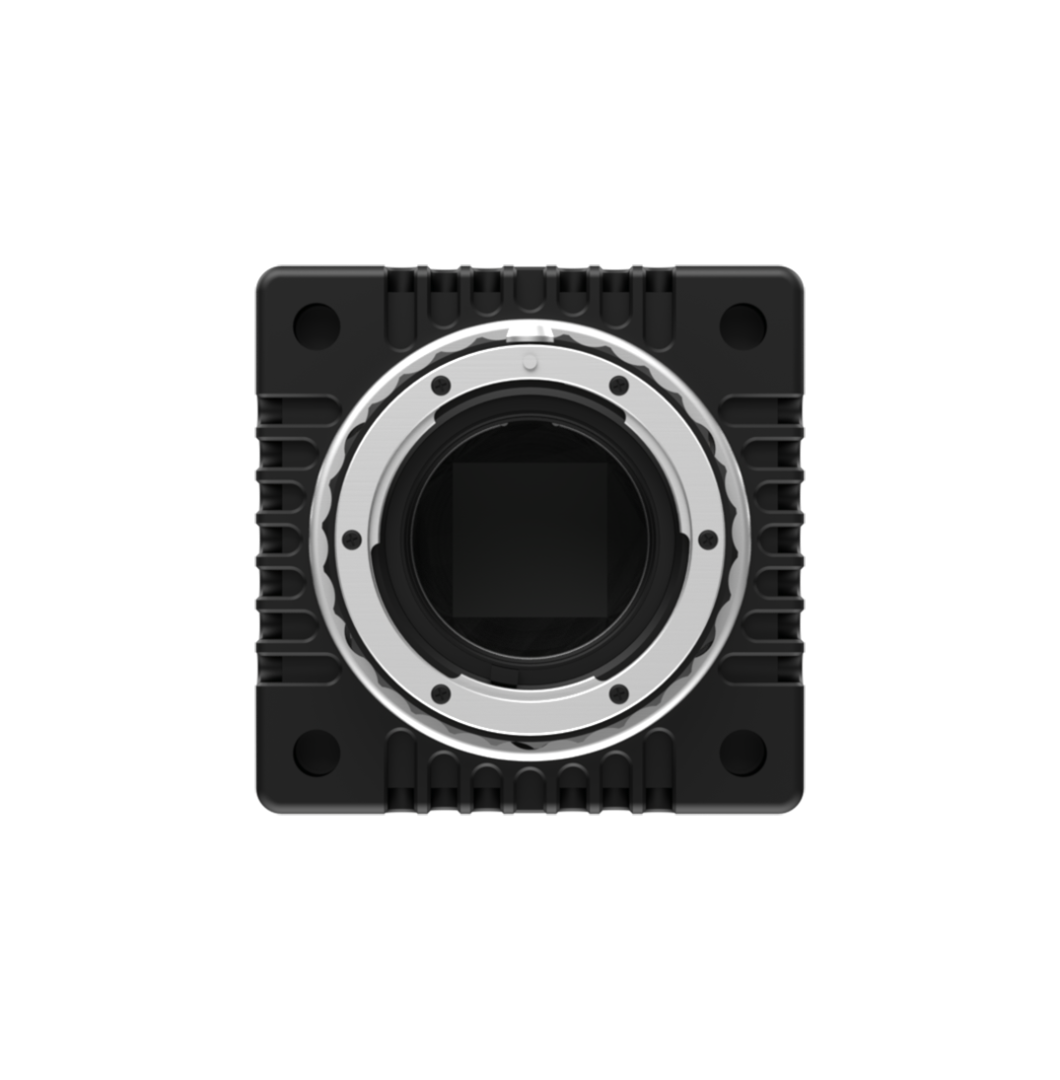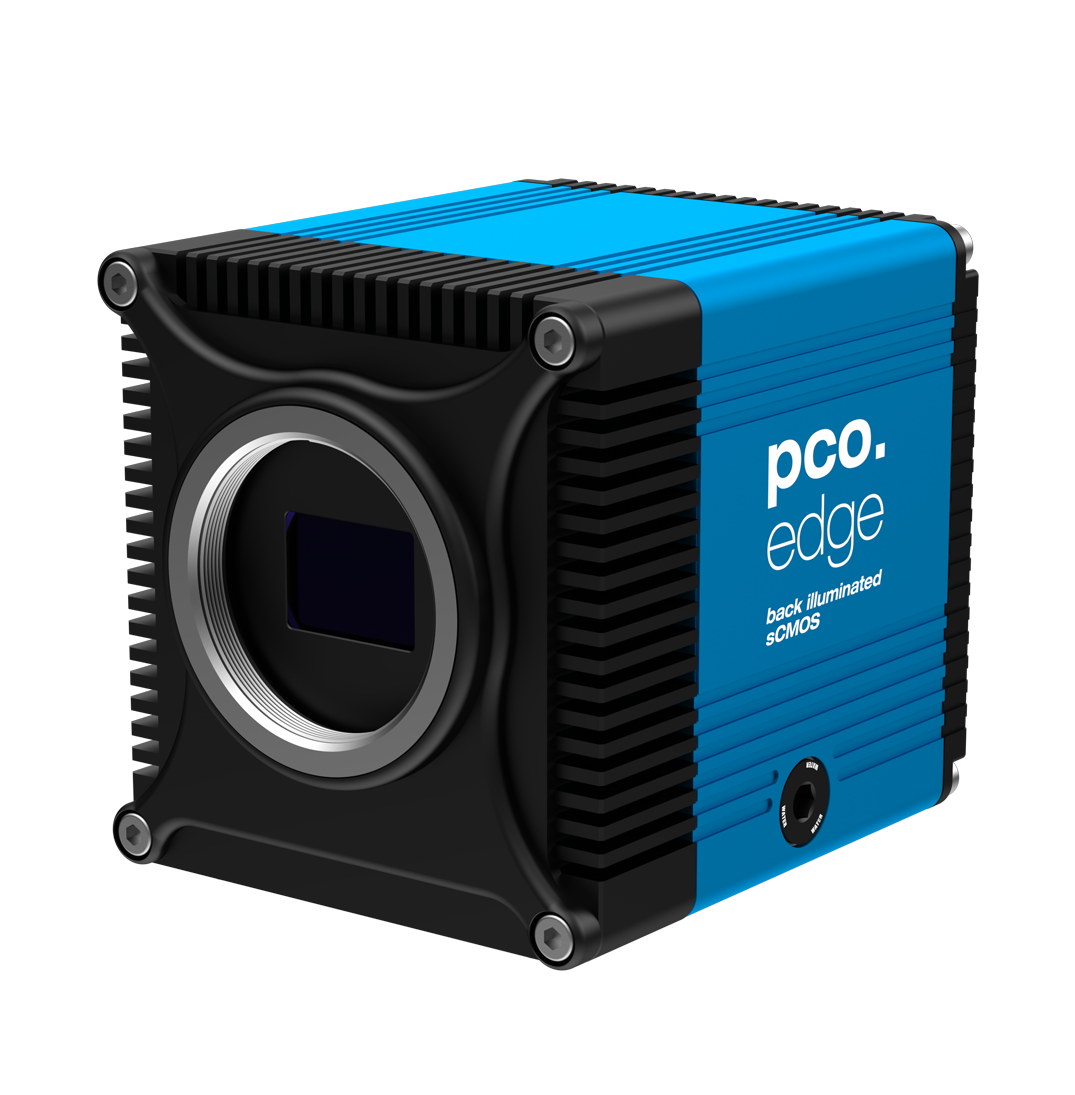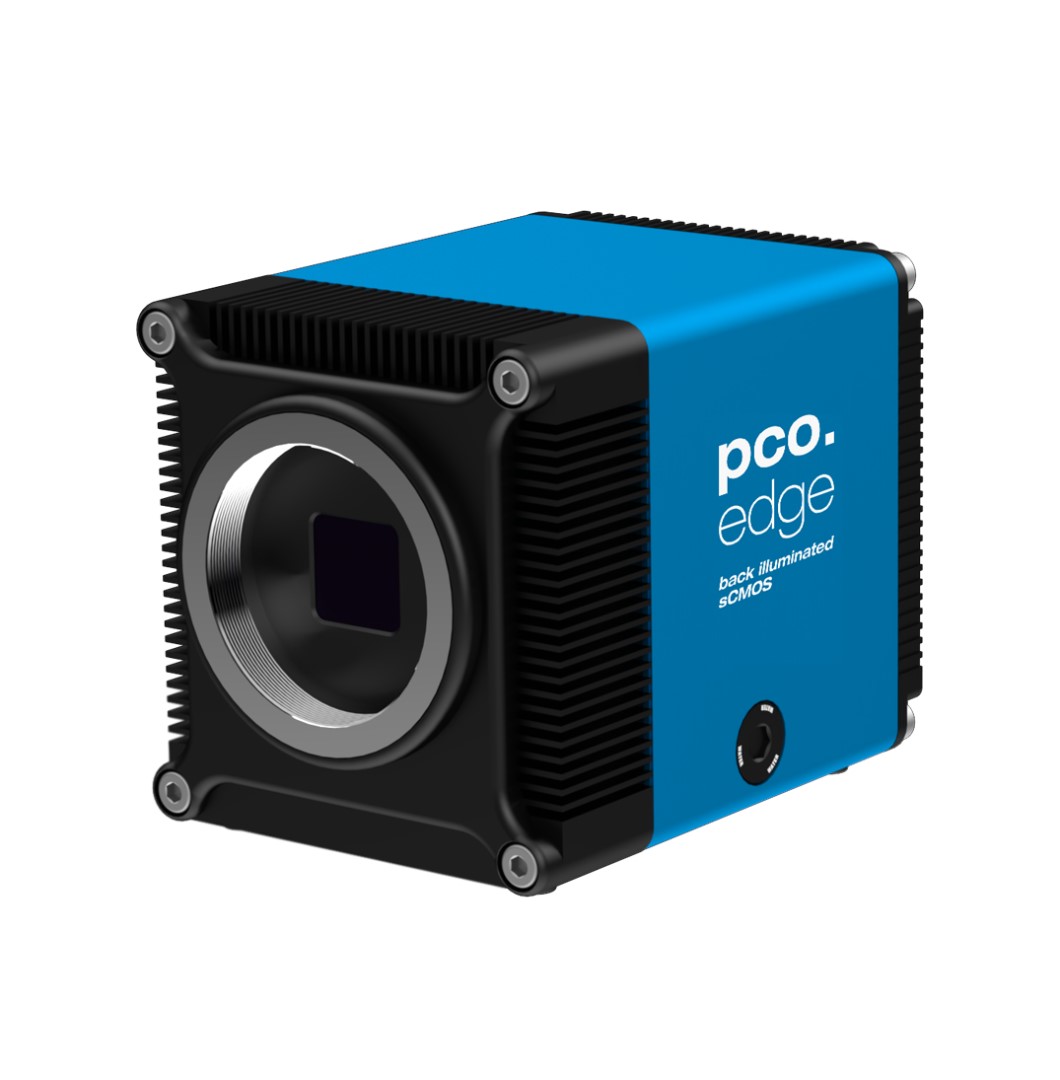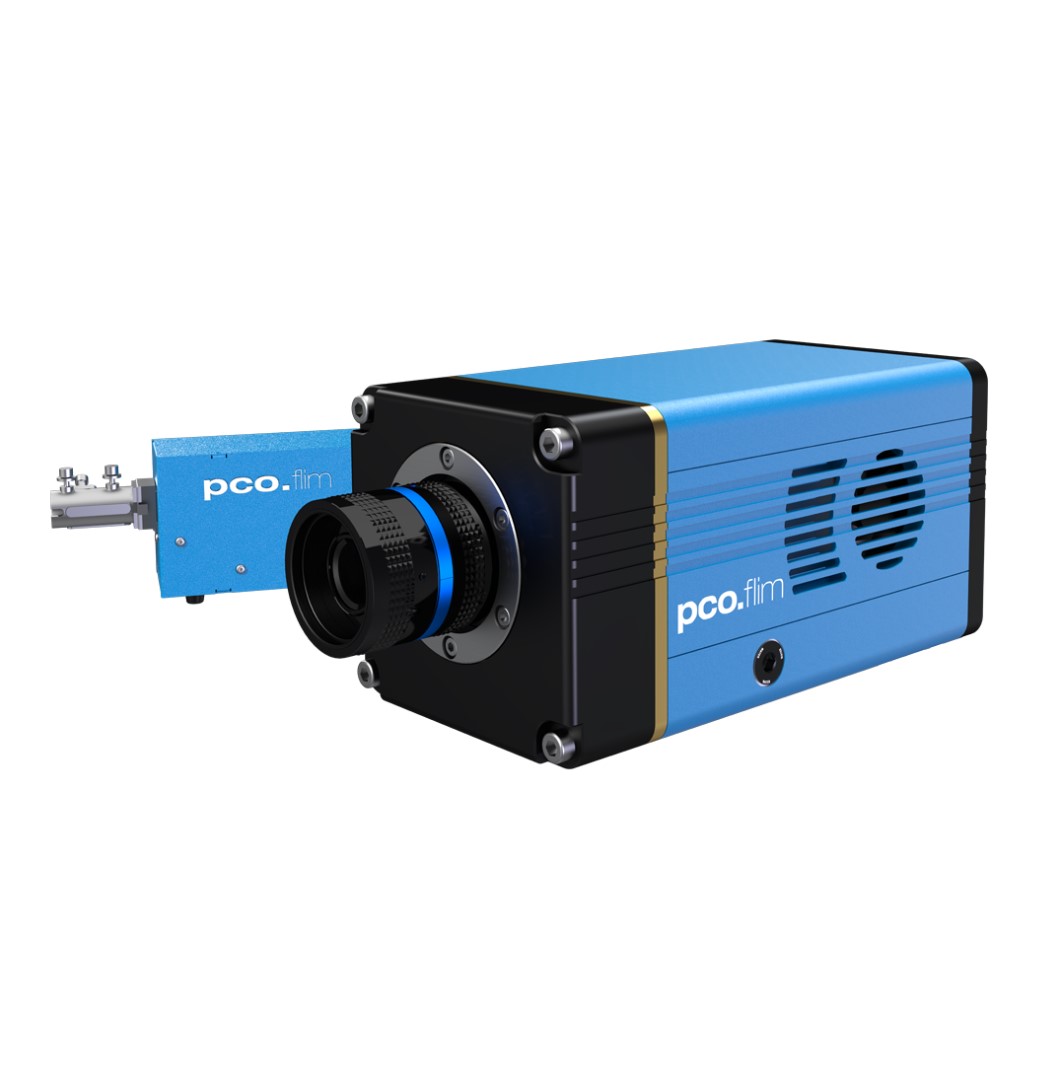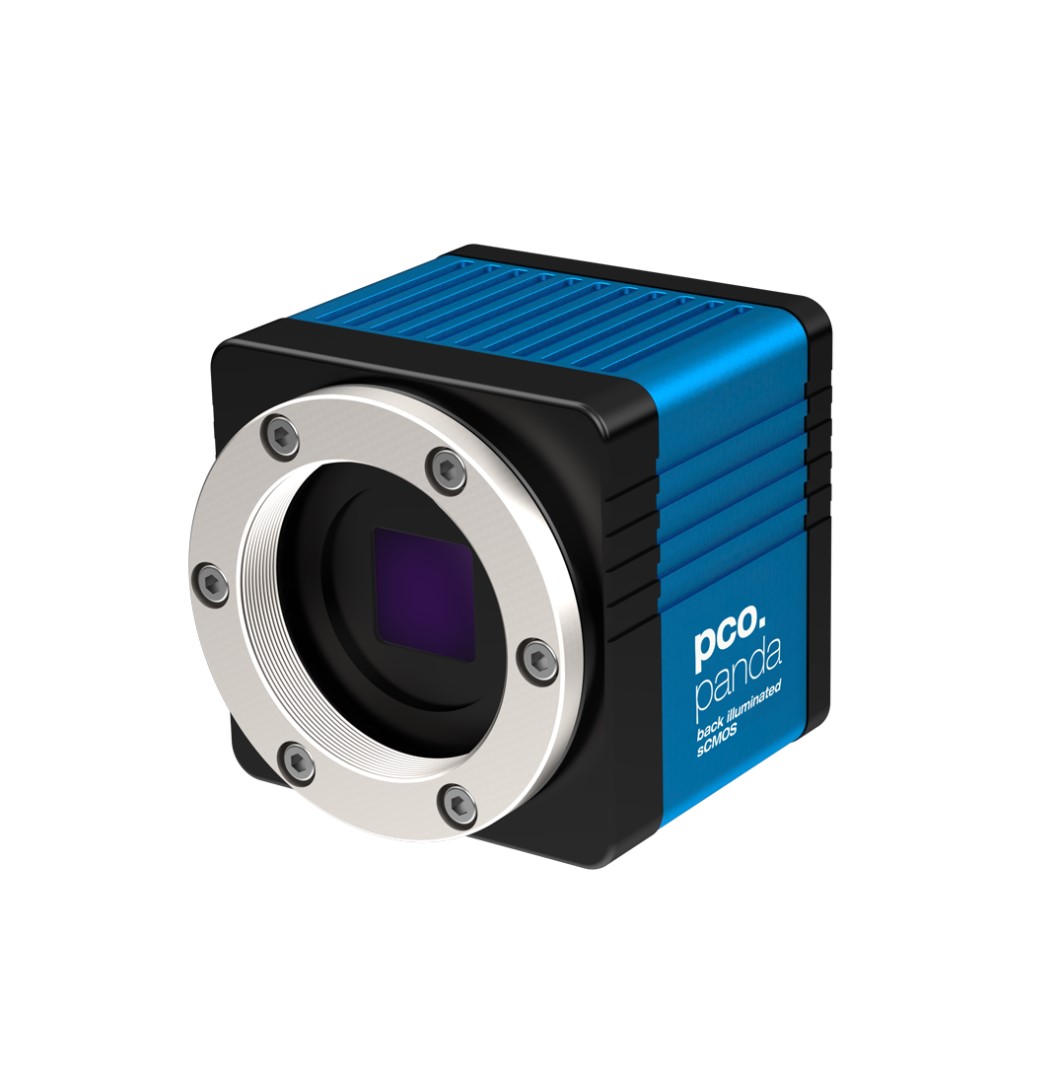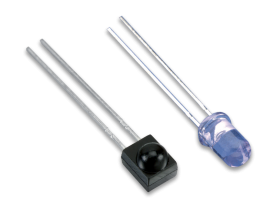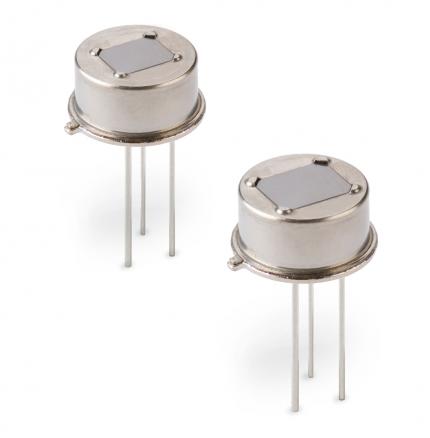Excelitas Technologies
Excelitas’ thermal infrared sensors like thermopiles or pyroelectric IR detectors (PIR) are used for motion detection, presence monitoring, temperature measurement and gas detection. Excelitas’ broad portfolio of sensors, detectors and emitters also includes phototransistors, photodiodes, PIN photodiodes, avalanche photodiodes (APD), ambient light sensors, single photon detectors and many more.
The products can be found in a vast array of applications across automotive, consumer products, defense and aerospace, industrial, medical, safety and security and sciences sectors.
Please note that Excelitas products are available from us only in Denmark, Finland, Iceland, Norway, and Sweden.

